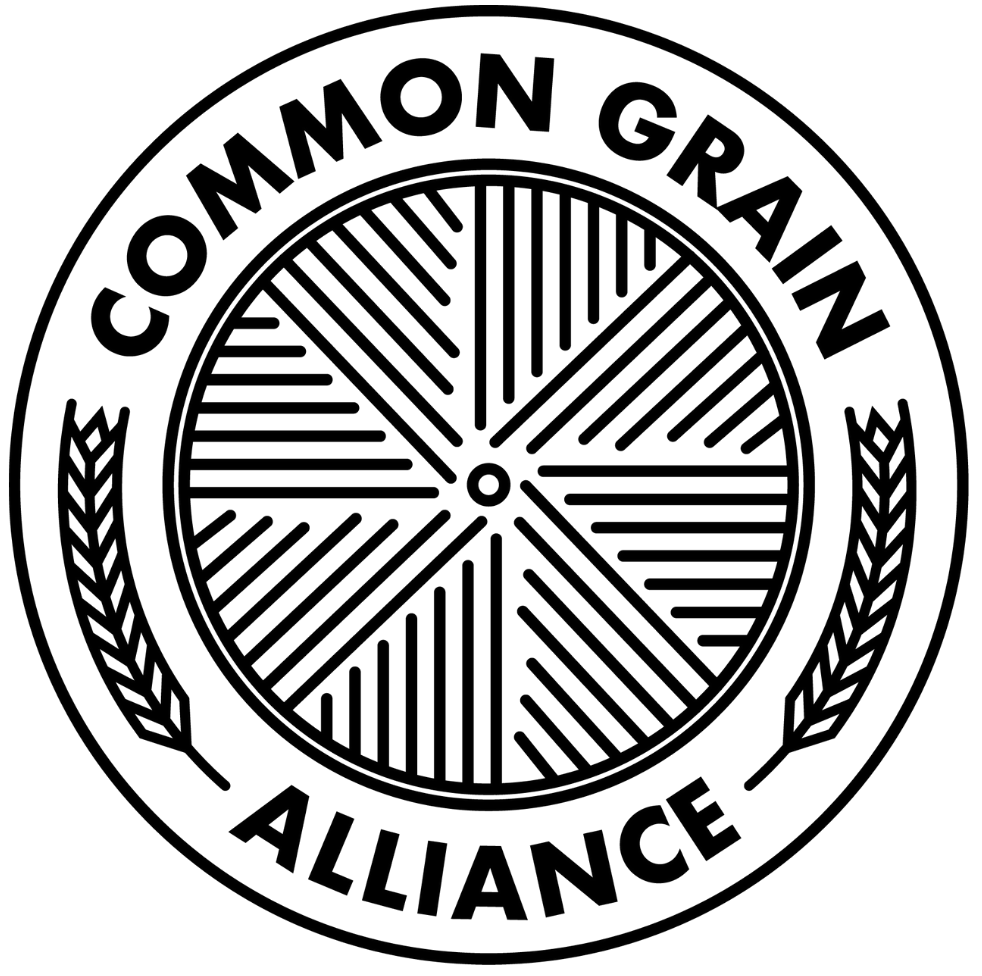Wheat Growth Stages
Anther emergence is a sure sign of flowering–and susceptibility to Fusarium head blight, a major disease in the Mid-Atlantic. Source.
I’ve quickly realized that one needs a working familiarity with the growth stages of a crop to understand what other people are talking about. For the vegetables we grow on our farm, the stages we use are seedling, first true leaf, vegetative growth, flowering, fruit set. It turns out that for grains, because they are grasses, growth stages are not a trivial matter. The Feekes growth stages for wheat identifies 13 stages. Another scale, the Zadoks scale, has 99 stages, but that seems like way more than what most people need.
The Feekes growth stages, which we will use in this blog, are grouped into four main stages.
Tillering (Feekes 1-5): During this stage, the seed sprouts, the radicles (or seed roots) emerge, followed by the coleoptile (seed leaf). Then tillering begins. Tillers are a fancy name for stems that develop before the wheat begins to elongate. They are important because each tiller has the potential to develop a seed head. Overwintering happens after some tillers are formed (Feekes 3), followed by greening up in the early spring and leaf extension. Tillers can also be formed in the spring, but they may not produce the same yields. During tillering, the growth point is still underground, protecting it from frost and other damage, so you can drive over the field during this stage to cultivate and not damage your crop.
Stem Extension (Feekes 6-10): This is when the stem starts to elongate, and the stem nodes begin to appear. Now the growth point moves above-ground. Most wheat tillers produce just 4-6 leaves before producing a grain head. The last leaf is the flag leaf, and it alone is responsible for 30-50% of the photosynthesis that drives grain filling, so you want it to be as big and green as possible for as long as possible. The bottom portion of the flag leaf wraps around the stem (“sheath”); where it falls away from the stem is the “ligule.” When you see the ligule, that’s stage 9, and it is time to watch the sheath for when it starts to plump up “in boot,” (Feekes 10).
Heading (Feekes 10.1-10.5): Once the head emerges from the sheath (10.1) watch for flowering. Anthers will emerge from the middle of the head first, followed by the top, then the bottom. They are yellow when new, fading to white when older. These stages are when Fusarium head blight, a major disease in the Mid-Atlantic, can infect your wheat and barley.
Ripening (11): Begins when the flag leaf and head start to yellow.
While this may seem overly complicated, monitoring how your crop is developing will help you make management decisions (like when it is no longer safe to drive over your crop), or diagnose issues (like premature flag leaf yellowing).
This material is based upon work that is supported by the National Institute of
Food and Agriculture, U.S. Department of Agriculture, under award number 2019-
38640-29878
through the Southern Sustainable Agriculture Research and Education program
under subaward number LS20-327. USDA is an equal opportunity employer and
service provider.
Any opinions, findings, conclusions, or recommendations expressed in this
publication are those of the author(s) and do not necessarily reflect the view of the
U.S. Department of Agriculture.



